GAP insurance adds extra protection to your primary insurance policy. It covers losses from theft, vandalism, hurricanes, storms, and floods. It also covers accidents involving your vehicle.
GAP insurance helps in financial emergencies and if your down payment was less than 20% or your auto loan is over 60 months. It gives additional aid when filing a claim.
This article will answer all of your questions such as what is GAP insurance. When do you need GAP insurance, how do I know If I have GAP insurance and other related questions.
What is GAP Insurance?
Gap insurance is car insurance that protects owners if the payout from a total loss doesn’t cover their remaining loan or lease.
Gap insurance covers the difference between what you owe on your car and its value. It applies when the car is stolen or damaged. It doesn’t provide benefits for repairs, damage, or injuries. To add it to your car insurance, you must have comprehensive collision coverage.
When do you need GAP insurance?
Having GAP insurance is always a priviledge but there are certain citations in which GAP insurance is pretty useless
The car bought on credit with no or very little down payment
As soon as you drive off the lot without a sizable down payment, you’ll be in the negative equity position of your auto loan. It could take several years for the loan total to equal the car’s fair market value.
The vehicle has a poor resale value
Without a sizable down payment, you may rapidly find yourself in negative equity if you bought a depreciating vehicle. The term “substantial” refers to a numerical value of 25% or more.
The vehicle was an upside-down vehicle
Unless you pay the difference in cash when trading in an upside-down vehicle, the dealership will add the amount you owe to the loan balance of the new vehicle. If your automobile is stolen or totaled, the remaining balance could be used to collect on the loss.
The car owner wants to rack up the miles rapidly
Extensive use is one of the quickest ways to depreciate a car. If you drive a lot, your automobile will lose value quicker than your payments can keep up with inflation
The owner took a long-term car loan
The time at which your loan balance is equal to the car’s worth, known as “break-even,” delayed further by a loan with a longer term.
How to know if you have GAP insurance?
Unlike liability insurance, which is required by most states, GAP insurance is optional. You need to actively request or add GAP insurance to your current policy to have coverage for your vehicle. If you lease a vehicle, you might be required to have GAP insurance, as stated in your lease agreement.
How to review existing car insurance coverage?
Whether you are wondering, “how can I find out if I have gap insurance” the best thing you can do to find out if you have gap coverage is by reviewing your existing auto insurance policy or the terms of your lease or loan.
There are different kinds of coverage in car insurance policies. Some of them required by law or needed for cars leased or financed. Others are not required. All of this information is on the declaration page of your policy, which is usually the first page. Check it carefully to make sure that everything is right.
- What insurance company it is
- Your name and where you live
- The number of the plan
- When coverage starts and when it ends
- A list of motorists
- Information about your car, like it’s make, model, and vehicle identification number
- Types of coverage and how much they cover
- Deductibles
- Prices for each type of coverage
- Endorsements or riders
Some types of coverage have limits, and others have deductibles.
Now, you might be thinking how do I find out if I have gap insurance from this information? The answer is easy. Just click on the menu spelled types of coverage and how much they cover. Then go to physical damage coverage.
Checking Physical Damage Coverage of Automobiles
Your vehicle is covered by collision and comprehensive insurance. This also includes GAP insurance, which pays for repairs or replacement if your vehicle is involved in a collision or damaged by a road hazard.
GAP insurance pays to replace vehicles that have been stolen and cover damages that were not the result of an accident. Such as those caused by falling items, fires, floods, storms, vandalism, or wild animals such as deer.
You are not required by the laws of the state to carry either collision or GAP insurance. However, if you want to finance or lease a vehicle, the financial institution or leasing business that you work with will require you to get both collision and comprehensive insurance.
How to Check the Terms of Automobile Lease or Loan?
You are protected by “GAP insurance” in the event that your rented car is stolen or involved in an accident that totals it. When seen from the perspective of the leasing company, the total loss of the vehicle constitutes early termination of the lease.
What if you owe more to the leasing company than the car is worth? You would have to pay the difference, called the “gap,” to the leasing firm.
Some leases have a “GAP waiver” provision that protects you from financial losses caused by coverage gaps, but not all leases have this provision. Without a gap waiver, your liability is covered by gap insurance. It is advisable to get gap insurance from the leasing firm when finalizing the lease.
Conclusion
GAP insurance is usually optional, but if you’ve recently invested a lot in a new car, it can bring peace of mind. If you have a lot of negative equity in your vehicle, it’s worth considering getting gap insurance. To find out if you have it, ask your leaser or insurance provider about your GAP insurance statement.
FAQs
How can you get GAP insurance?
There are two ways you can get GAP insurance. One is from the insurance company and the other is from the dealer.
When buying or leasing a vehicle, the dealer may ask if you want gap insurance. Getting it from the dealer can be costly if it’s included in your loan amount.
How much does GAP insurance cost?
Underwriters decide the cost of GAP insurance. Dealerships and lenders usually charge higher premiums than vehicle insurance companies. GAP insurance is sold for a flat fee by lenders and dealerships, typically ranging from $500 to $700. These rates are the highest for this type of policy and will accrue interest as part of your loan.
When GAP insurance is added to an existing policy, insurance companies charge about $20-$40 more annually on average. This increases comprehensive and collision insurance premiums by only 5-6% on average, making it a more affordable option.
How can I claim GAP insurance?
To begin, you will need to file a claim with your vehicle insurer in order to obtain the information necessary to inform your GAP insurance provider of the amount of the shortfall.
Be sure to examine your terms and conditions to see if there is a time limit with filing a claim. Once you have determined the amount of the deficit that needs to be covered, contact your GAP insurance provider through phone or email to begin the process of filing a claim and covering the gap.
If this article was helpful, you might also read our pieces on business auto insurance and electric cars.
How long does GAP insurance last?
The majority of the time, gap insurance covers you for the entirety of your loan. This indicates that your gap insurance will continue to be active until such time as you have paid off your loan.
To remove gap insurance from your loan, you will most likely need to contact your lender. This is because each firm handles things slightly differently. Highly improbable that there will be a specific expiration date separate from the day on which your loan pays off.
If you bought gap insurance from the same company that insures your vehicle, then you presumably make a monthly payment for coverage. In this scenario, you are free to terminate it whenever you choose simply by contacting your service provider.
The majority of lenders will let you terminate your gap insurance policy if you decide you no longer need it. You might possibly qualify for a prorated return. But this will depend on the provider as well as how you pay for your gap insurance. If you decide to cancel your loan before the end of the term, you will have a refund for any unused premium.
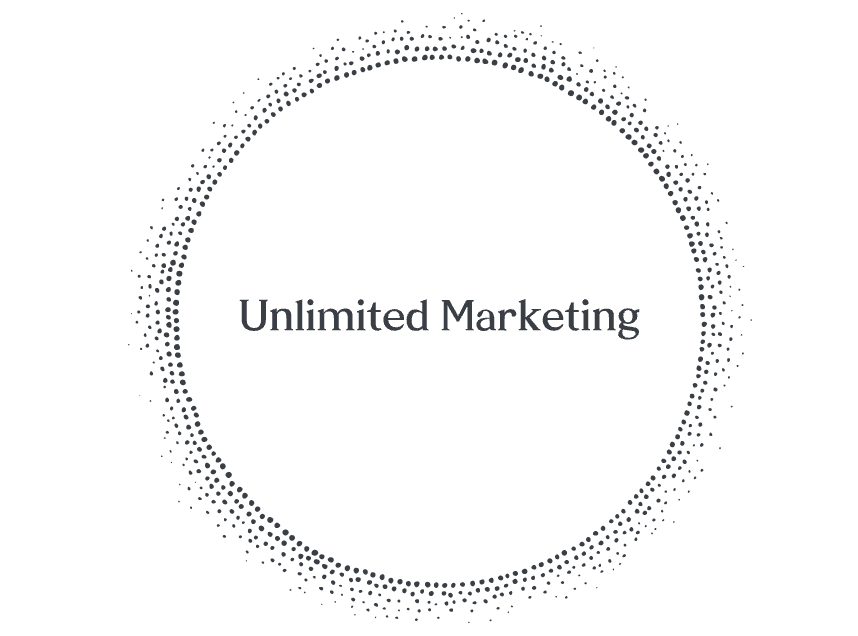

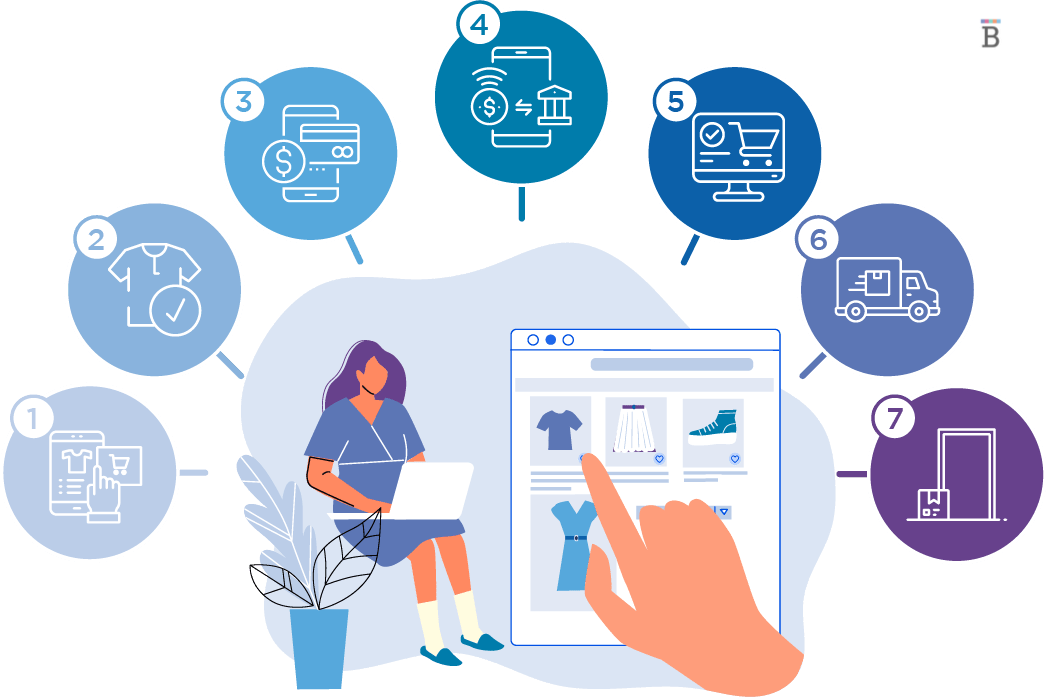



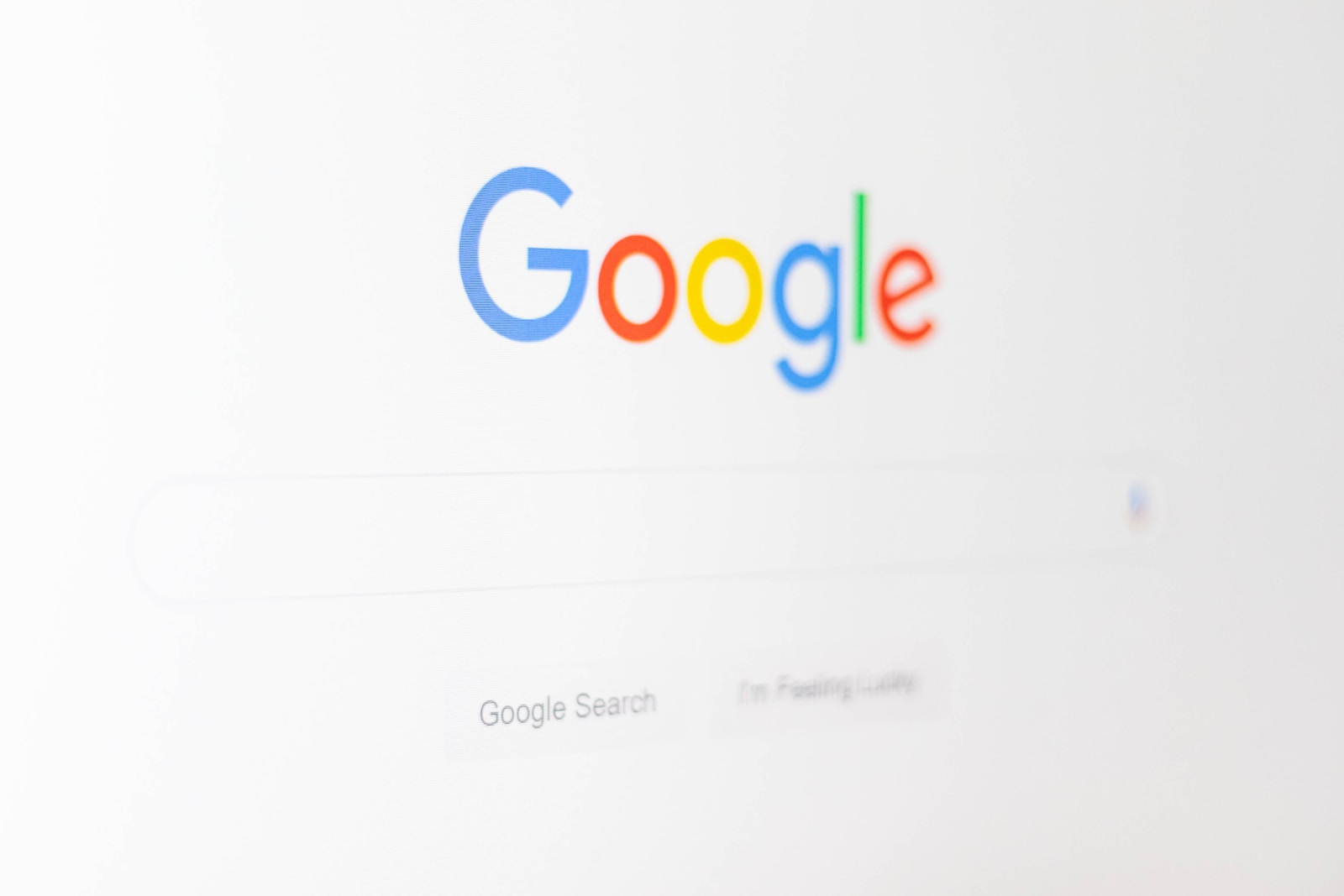
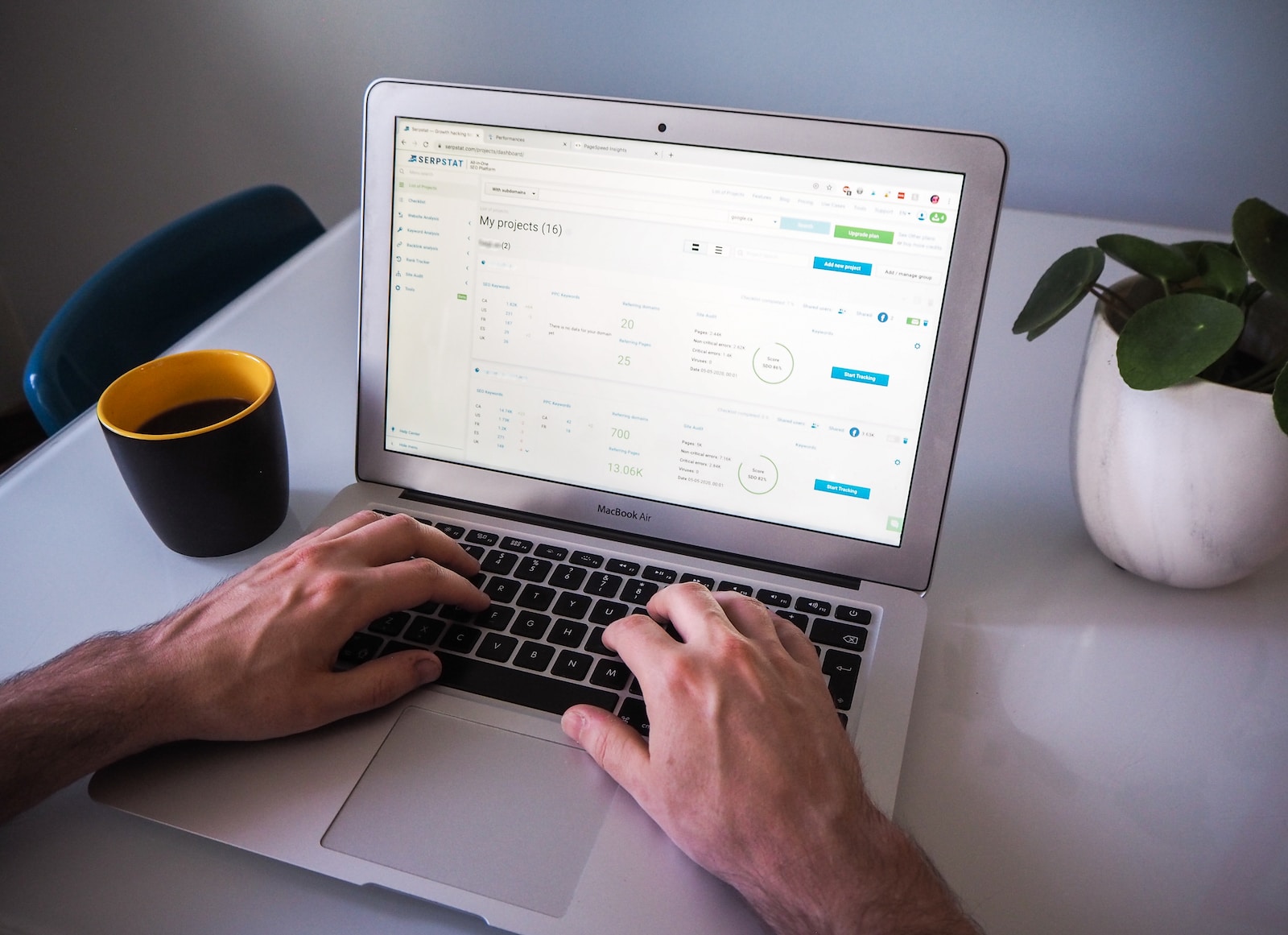
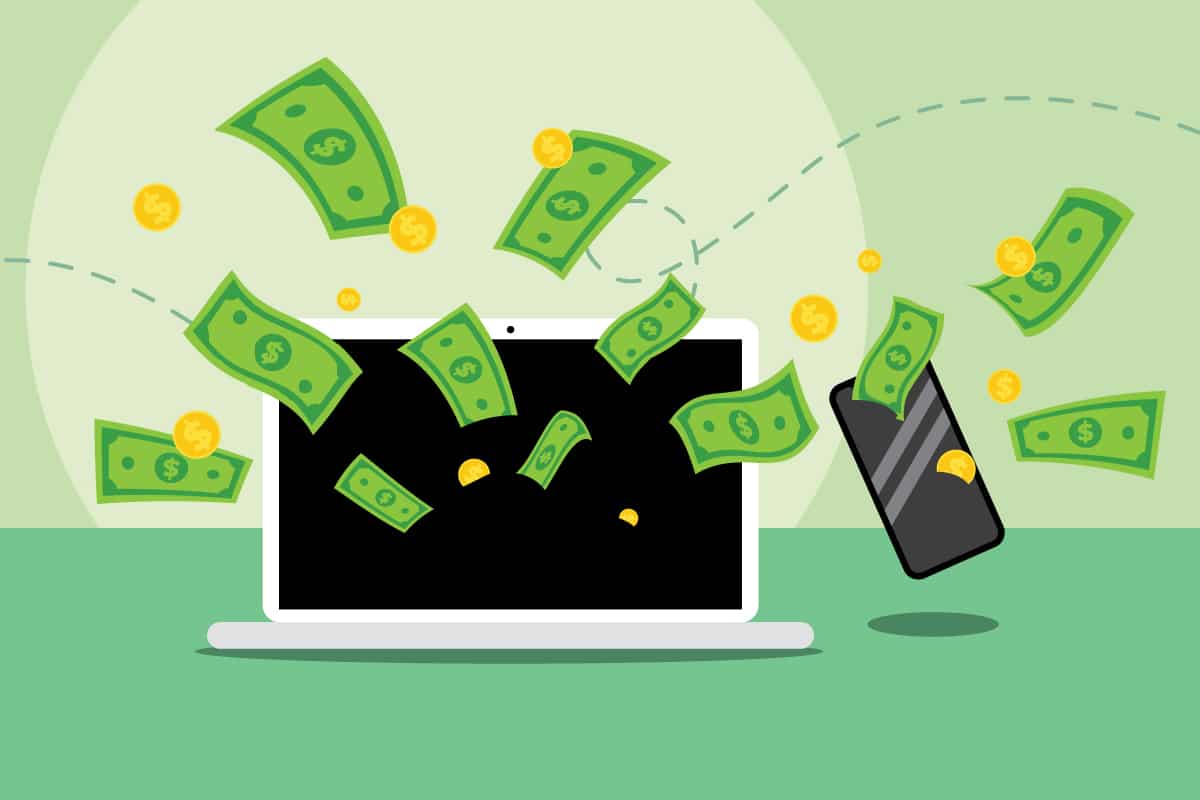


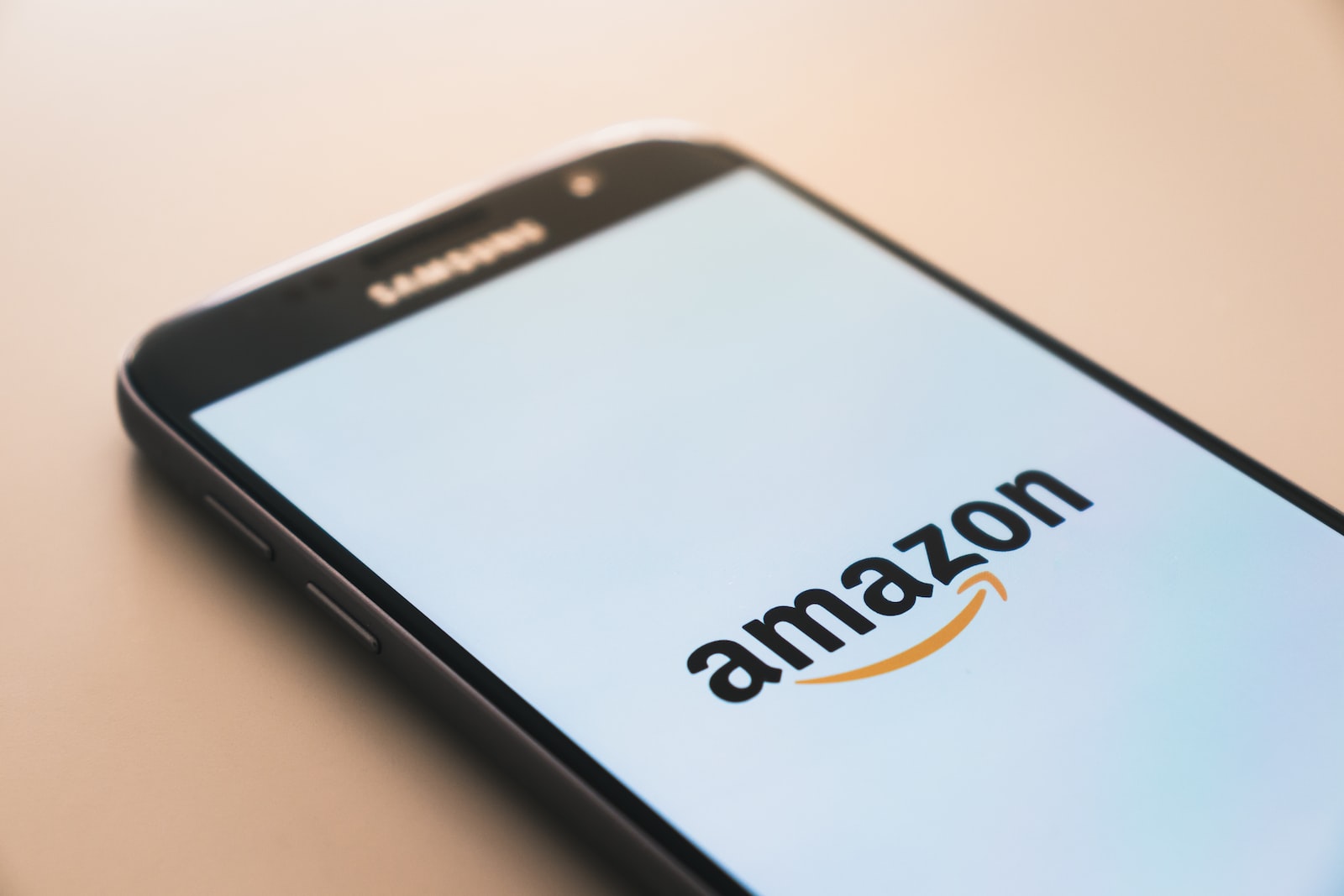

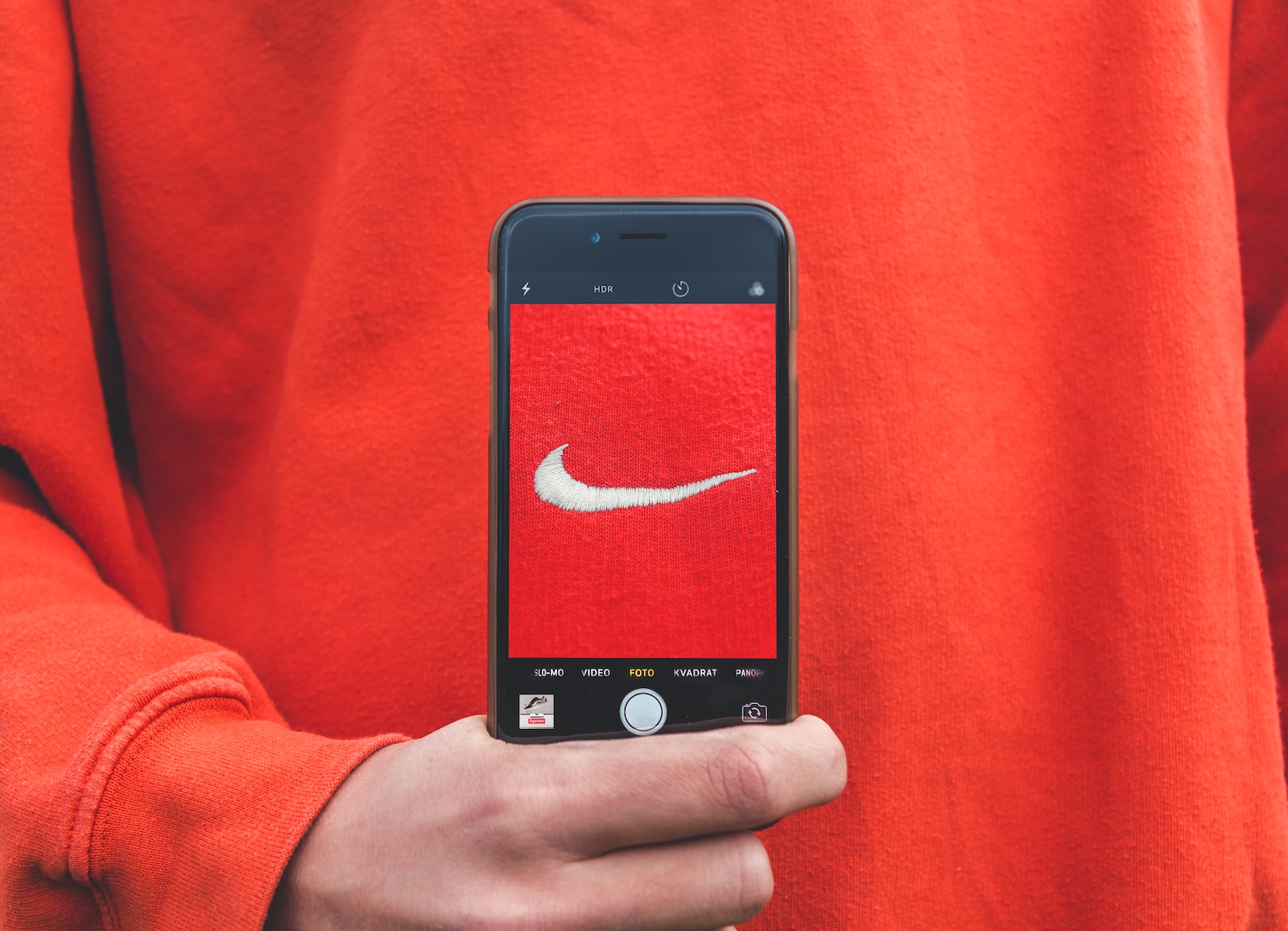




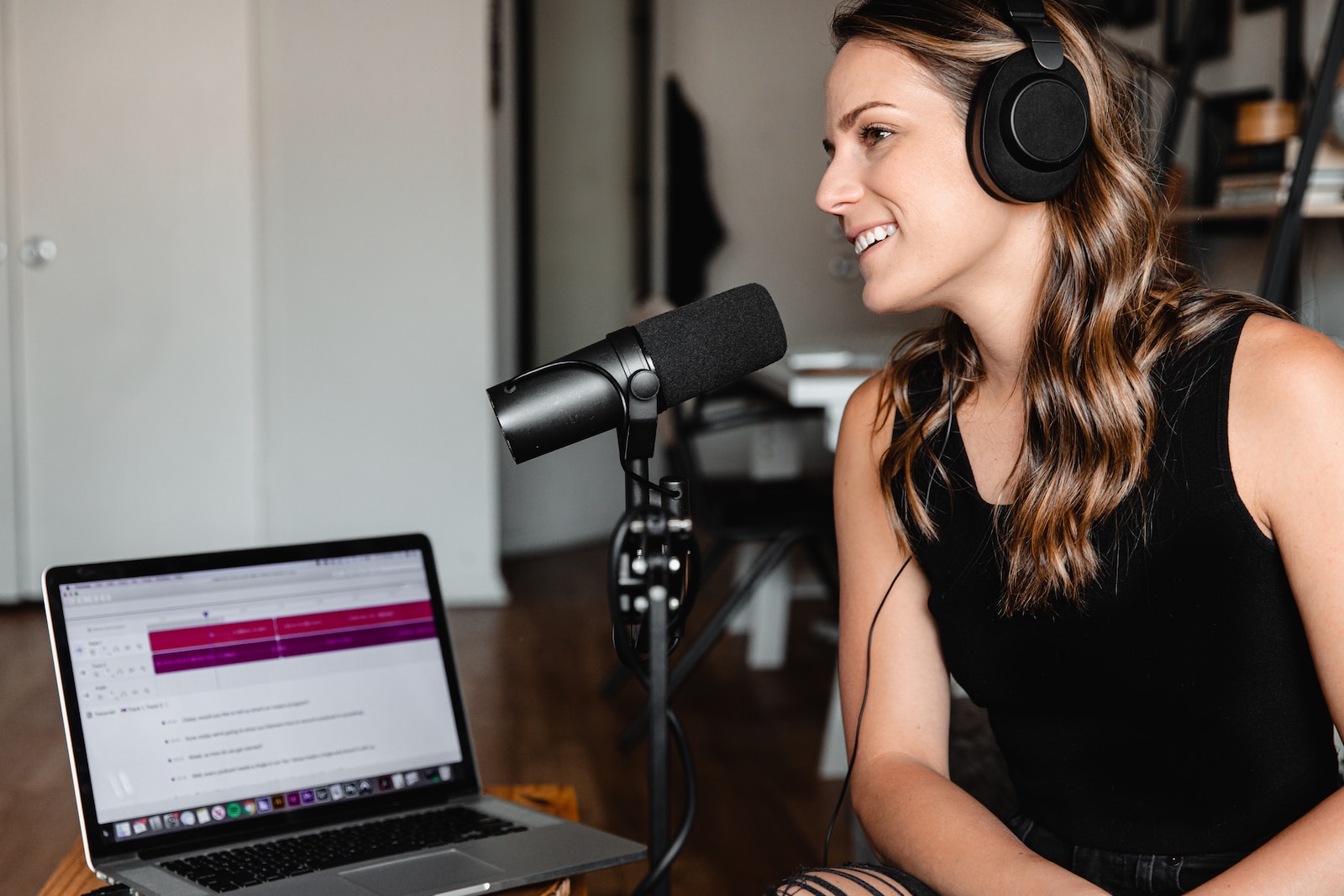


Leave a Reply
View Comments